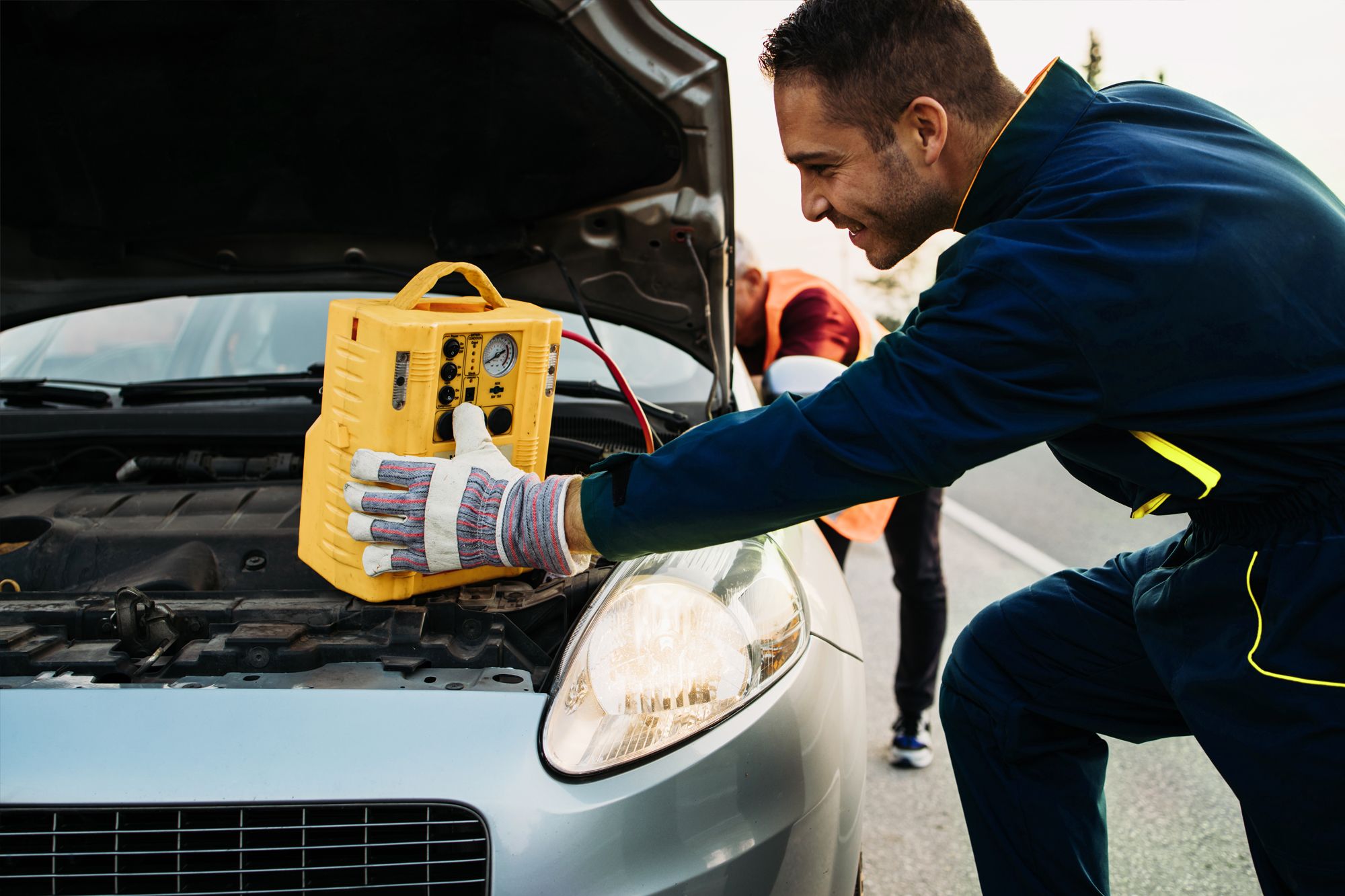All Categories
Featured

How to Prepare For Seasonal Vehicle Upkeep
Every period brings its very own collection of difficulties for your automobile, from icy wintertime roadways to scorching summertime warmth. Appropriate seasonal car maintenance not just keeps your car running efficiently but additionally ensures security and integrity throughout the year. Below's just how to plan successfully for each period's special needs.- Understand Seasonal Difficulties. The initial step in intending seasonal vehicle maintenance is understanding just how climate modifications influence your automobile. For instance:
Winter: Cold temperature levels can influence battery performance, tire stress, and engine fluids. Springtime: Rain and melting snow can lead to glossy roads and enhanced wear on wiper blades. Summer season: Warmth can emphasize the cooling system and tires. Fall: Dropping leaves and shorter days call for focus to presence and illumination systems. By understanding these obstacles, you can proactively attend to possible problems prior to they develop.
- Wintertime Upkeep Checklist. Getting ready for winter season guarantees your automobile manages extreme conditions safely.

Install Winter Months Tires: Winter season tires provide far better hold on snow and ice. Inspect the Battery: Winter minimizes battery ability. Examine its stamina and replace it if required. Evaluate Wipers and Washer Fluid: Use wiper blades developed for winter months and fill the washer storage tank with freeze-resistant liquid. Complement Liquids: Make sure transmission, oil, and antifreeze fluids are at optimum levels. Emergency Situation Package: Lug essentials like a shovel, flashlight, jumper, and blanket wires in case of unanticipated failures. 3. Spring Maintenance Checklist. Springtime is the best time to reverse winter season's effects and plan for milder climate.
Thorough Cleansing: Remove roadway salt from your auto's exterior and undercarriage to avoid rust. Inspect Tires: Swap winter tires for all-season ones and inspect their placement and stress. Replace the Cabin Air Filter: Spring allergens can obstruct the filter, influencing air flow and air top quality. Examine Brakes: Wintertime problems can wear down brake pads, so check and replace them if needed. 4. Summer Maintenance Checklist. Hot climate requires additional take care of air conditioning and tire systems.
Cooling System Check: Evaluate the radiator, coolant degrees, and hose pipes to avoid getting too hot. A/c: Guarantee your AC is functioning successfully to maintain you cool down. Display Tires: Heat can enhance tire stress, so check it frequently to avoid blowouts. Evaluate Belts and Hoses: Heats can trigger these components to break down or crack. 5. Autumn Upkeep Checklist. As temperature levels cool, prepare your cars and truck for the needs of wintertime.
Battery Screening: Make Certain the battery remains in good problem to take care of cold begins. Tire Evaluation: Inspect step deepness and switch to winter tires if temperatures drop substantially. Lights and Exposure: Make sure all lights are operating correctly, and change wiper blades for clear vision during autumn rainfalls. Liquids and Filters: Complete or change fluids as needed, and check engine filters. 6. Schedule Routine Inspections. When incorporated with routine expert evaluations, seasonal maintenance planning is most efficient. A relied on technician can spot prospective issues, recommend customized services, and guarantee your auto is gotten ready for any seasonal challenges.
Conclusion. Planning for seasonal car maintenance is an aggressive method to secure your vehicle and improve its efficiency. Each period presents certain challenges, yet with proper treatment and interest, you can keep your auto in exceptional condition year-round. Take some time to deal with seasonal demands, and you'll enjoy more secure, much more reputable driving despite the weather.
Latest Posts
Find the Top Auto Repair Deals in Montclare, Chicago
Published May 24, 25
1 min read
Trustworthy Overhead Door Solutions for Houses and Businesses
Published May 23, 25
1 min read
Improve Your Residential Property with Overhead Door Systems
Published May 22, 25
1 min read